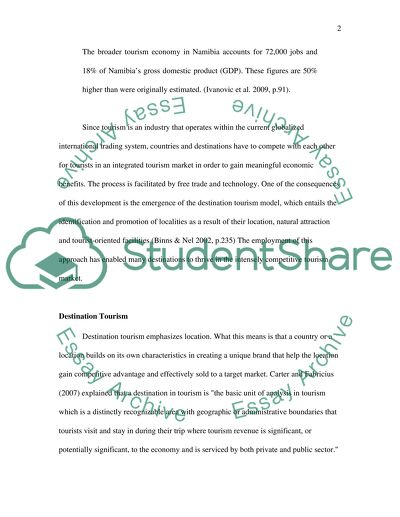Cite this document
(“DMS and Destination Tourism Essay Example | Topics and Well Written Essays - 2500 words”, n.d.)
Retrieved from https://studentshare.org/tourism/1446441-the-future-of-destination-management
Retrieved from https://studentshare.org/tourism/1446441-the-future-of-destination-management
(DMS and Destination Tourism Essay Example | Topics and Well Written Essays - 2500 Words)
https://studentshare.org/tourism/1446441-the-future-of-destination-management.
https://studentshare.org/tourism/1446441-the-future-of-destination-management.
“DMS and Destination Tourism Essay Example | Topics and Well Written Essays - 2500 Words”, n.d. https://studentshare.org/tourism/1446441-the-future-of-destination-management.


